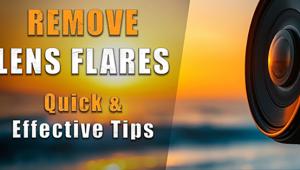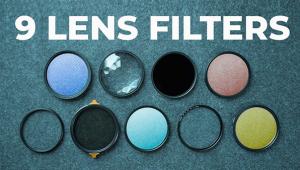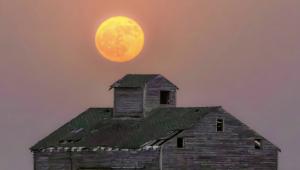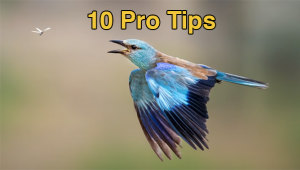Camera Basics: Use Hyperfocal Distance for Photos with Max Depth of Field (VIDEO)
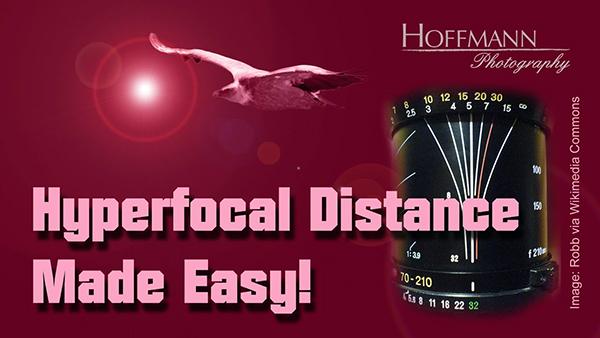
Experienced landscape photographers understand the importance of a concept known as "hyperfocal distance" that enables them to maximize depth of field by using appropriate aperture settings and focusing on a specific point within the frame, namely, somewhere between foreground and background depending upon the image at hand.
Today you'll learn how to put this tool to work in the following eight-minute tutorial from German pro Rainer Hoffman whose instructional YouTube channel is devoted to straightforward tips for shooting in the field. He demystifies today's transformational concept with easy-to-understand graphics and illustrations.

Hoffman explains it like this: "Hyperfocal distance is important whenever you want depth of field from close to the camera out to infinity." According to his definition, when the lens is focused at the hyperfocal distance, all objects from half of this distance out to infinity will be acceptably sharp.
At this point you may wonder what Hoffman means by "acceptably sharp," and he puts this to rest before explaining the key variables that determine hyperfocal distance in any given scene. In simple terms, these include the focal lens of your lens, the aperture setting, and the sensor size of your camera.
You can skip the underlying math with phone apps that quickly do the calculations on your behalf but, like many of us, Hoffman finds it too cumbersome to deal with a smartphone in his hand a camera hanging from his neck. Hence, he uses a handy rule of thumb, and you should use it too.

We're not going to summarize the technique further because it's super easy to understand while watching how Hoffman's graphics clarify the process. There are even some tips for film shooters and those of you who use legacy manual-focus lenses with distance engravings on a DSLR or mirrorless camera.
Be sure to visit the Hoffman Photography YouTube channel where there are many more how-to videos that simplify other seemingly complicated concepts.
And don't miss the recent tutorial we posted on a similar topic featuring another accomplished pro who demonstrates everything you need to know about controlling f/stop settings like a pro.
- Log in or register to post comments











